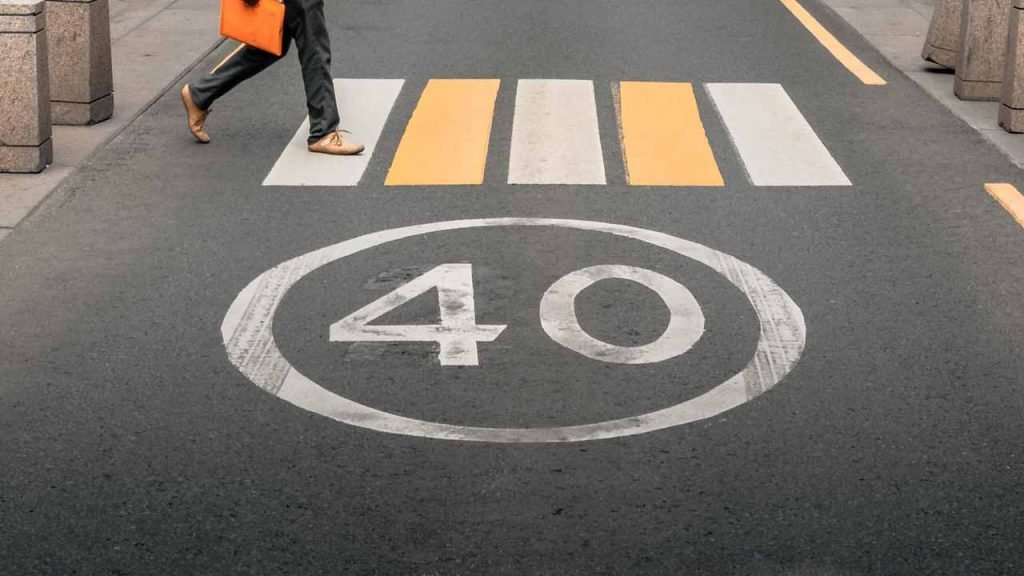
What is On-Page SEO? In our article titled, we mentioned why a web page should be optimized for search engines. In this article, we will talk about how to optimize your web page for search engines.
1. E-A-T (Expertise, authoritarianism and credibility)
There is a clear relationship between what Google sees as high quality content and what appears in search results. We cannot ignore that sites producing high quality content rank better, and sites that produce low quality content gain less visibility. Therefore, it is useful to keep in mind that the content published on your website is of high quality and that this content will be read by users. Because Google continues to check whether your content is useful or not, based on how long users stay on the page.
2. Title tag
The title tag, an HTML tag at the top of each web page, provides a clue to what the content topic is. This tag is prominently displayed on search engine results pages (often used as a clickable link) and in the browser window. You must add this tag, also called H1 tag, to all your pages correctly.
3. Meta description
Meta descriptions have always been an important optimization point for SEO. Meta descriptions, which are meta tags that provide a description of what the page is about, are usually displayed in the SERPs below the page’s title.
Properly optimizing the meta description helps improve the following processes:
- Click through rate (CTR)
- Perceiving the quality of the result
- Detecting what all the changes are happening on your website
4. Headlines
Don’t forget to include interesting titles so that your website content performs well in searches.
For example, adding an interesting headline to a blog post instead of a standard title will directly affect your website’s click through rate.
5. Headers tags
Title tags are HTML elements (H1-H6) used to distinguish headings and subheadings in your content from other types of text.
Title tags aren’t as critical to your site’s ranking as before, but these tags still serve an important function for your users and SEO.
Title tags indirectly affect search engine ranking:
- Increase the rate of staying on the site by making it easier and more enjoyable for visitors to read your content,
- Provide rich content about your content for search engines, along with your keywords.
6. SEO compatible content
Writing SEO compatible content means writing the right content for both search engines and users.
You should remember that your visitors will always read the content you write, as producing content only for search engines will be understood by bots in a short time and negatively affect your ranking. For this reason, it is an important issue for SEO that your content is high quality, robust and relevant to the topic you specify in the title.
7. Keyword cannibalization
Imagine using your target keyword on multiple pages. All pages will want to be featured. So is it possible with the same keyword?
Targeting a specific term on multiple pages can lead to “keyword cannibalization“, with potentially disastrous consequences for SEO.
When you have multiple page rankings for the same keyword, you are actually competing with yourself.
It is very important to determine if the keyword cannibalization exists on your website and solve it immediately.
8. Content audit
You can determine your SEO strategies by checking each content specifically. Most content creators may forget to check their existing content and focus on creating new content. As a result, it would not be correct to talk about the correctly built On-Page SEO.
To create an existing content SEO strategy:
- Evaluate whether your current content meets its goals,
- Determine if the information in your content is still correct or outdated,
- Determine which types of content work for you.
- Content audits can greatly aid SEO strategy and should be done regularly.
9. Image optimization
Properly optimizing the images you use on your website will help you make the most of a valuable SEO asset.
Adding images is a good way to make your web pages more attractive, so your visitors will continue to be positively impacted and take action or information on your site. However, if all images are not synchronized for SEO, your website may experience speed problems and the duration of stay on the site may decrease.
Visual optimization has multiple advantages:
- Additional ranking opportunity (taking part in Google image)
- Better user experience
- Faster page load times
Since the visuals to be used are also part of the design, it may not be the right choice to consider optimization later. Therefore, it is useful to make sure that you include images that support your content in web design, and use descriptive titles and alt text.
10. User engagement
Improving your website’s On-Page SEO elements is the first step towards sustainable SEO.
What you should remember in your ongoing SEO process is to make sure to reduce the bounce rate of users. In the process, users will continue to view your content, interact and come back for more.
As a result, we recommend that you focus on aspects that will increase user interaction (such as site speed, user experience and content optimization) for the continuation of a successful SEO.


